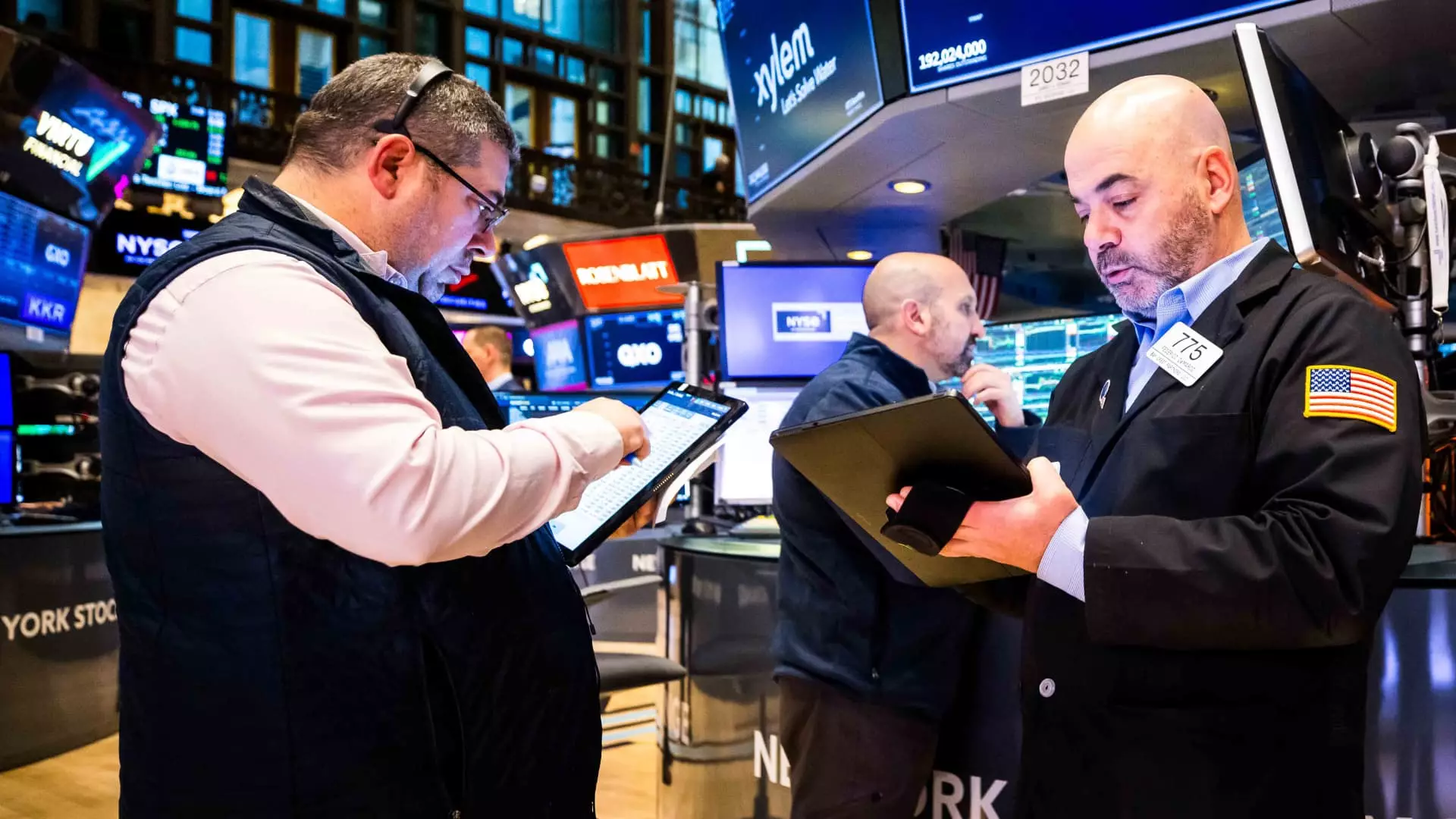At first glance, the notion of selecting winning stocks might appear straightforward. The headlines proclaim stories of investors who struck gold through insightful choices, inviting many to believe that anyone can achieve similar success. However, a deeper dive into the statistics reveals a stark contrast to this optimistic facade. According to data from S&P Global, a staggering 73% of active fund managers underperform their respective benchmarks after just one year. This figure plummets to 95.5% after five years, and remarkably, after a 15-year span, virtually no active manager outperforms the market. These alarming trends challenge the prevailing wisdom and raise pertinent questions about the efficacy of active management.
Veteran investor Charles Ellis argues that the difficulty of consistently outperforming the market will not change, largely due to an oversaturated talent pool within active management. Despite the allure of high salaries and the thrill of the trade, the sheer number of professionals vying for an edge dilutes each manager’s ability to deliver substantial returns. During a recent discussion on CNBC’s “ETF Edge,” Ellis highlighted this talent overload, noting that it is unlikely to diminish as long as the sector remains alluring. While the inflow of capital into active funds may appear healthy on the surface, it masks underlying inefficiencies and challenges.
Interestingly, the active management sector has shown a surprising resilience. As pointed out by ETF authority Dave Nadig, recent data indicates that active funds experienced their most successful year in terms of inflows, suggesting a sustained interest from investors. The ongoing popularity of active exchange-traded funds (ETFs) has contributed to a sense of vitality in this investment approach. Still, this resurgence in active management pales in comparison to the overwhelming momentum seen in passive index funds and ETFs. This disparity indicates that while active strategies retain a niche appeal, the mass market is increasingly leaning toward simpler, low-cost indexing options.
The surge of popularity in ETFs has sparked concerns among seasoned investors regarding the direction of investment products. In his new book, “Rethinking Investing – A Very Short Guide to Very Long-Term Investing,” Ellis raises alarms about a potential proliferation of ETFs that prioritize salesperson interests over those of investors. He highlights the risks associated with highly specialized and narrow-focused funds, particularly leveraged ETFs, which can expose investors to significant volatility—both upside and downside. This call to vigilance emphasizes the importance of critical evaluation when considering ETF options, as not all products are created equal.
The advent of advanced technology has transformed the investment landscape significantly, granting widespread access to sophisticated tools that were once reserved for top-tier firms. However, this democratization has led to a paradoxical challenge for active managers. As Nadig articulates, the accessibility of technology among market participants means that truly gaining an edge has become increasingly difficult. In a market where all players might possess similar resources and information, the act of stock picking resembles a game of poker played with all cards face up. In essence, the competitive landscape is marked by a convergence of skills, rendering the notion of an outsized advantage exceedingly rare.
The disparity between the optimistic image of stock picking and the hard data reflecting its challenges serves as a cautionary tale for investors. While active management retains a spirited following, the reality remains that the overwhelming majority of active managers struggle to achieve consistent outperformance. As investors navigate this complex landscape, understanding the intricacies of fund management, the risks associated with ETFs, and the role of technology will become increasingly crucial. Ultimately, success in investing may lie not in attempting to outsmart the market, but in recognizing the limitations of stock picking and embracing a more holistic approach that prioritizes long-term stability over fleeting victories.

